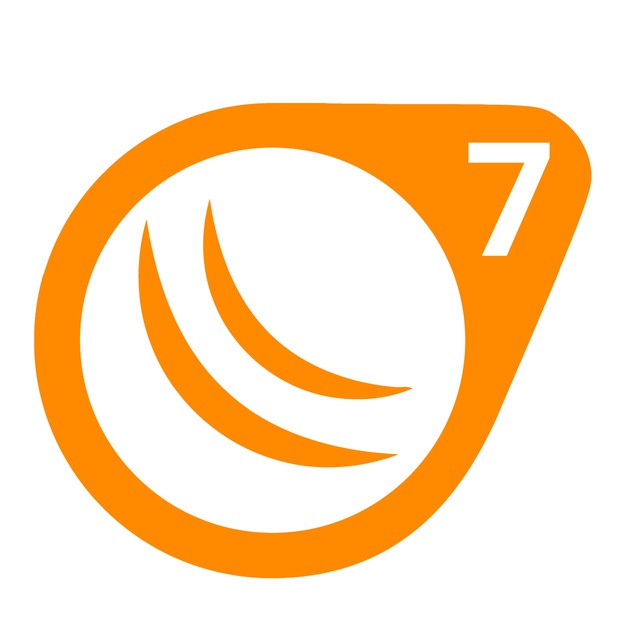E
Size: a a a
2020 May 23
зато есть парковка на муме
скоро можно будет целый чемпионат там устраивать
RK
Есть инфа, что мума не будет в этом году
RK
Вас там больше 12 лямов тоьько официально живёт, как же иначе то может быть))
100к
RK
Я не совсем в Москве
МВ
Как так? Мой aclite с того мума на работе потеряли, мне новый нужен
E
Как так? Мой aclite с того мума на работе потеряли, мне новый нужен
неужели на авито все уже мумовские раскупили?)
AF
Как так? Мой aclite с того мума на работе потеряли, мне новый нужен
не потеряли, а кому-то он понадобился )
МВ
Да не, я знаю кому я его сам дал
МВ
Там уже 4011 стоит, а aclite надо искать
МВ
Найдётся
МВ
Да и не сильно надо по факту
D
Там уже 4011 стоит, а aclite надо искать
Это перерождение душ!
МВ
Тут была как-то тема как прошивка превращает хаплайт в ццр. Подробностей не помню уже
D
Тут была как-то тема как прошивка превращает хаплайт в ццр. Подробностей не помню уже
Это как раз я спрашивал @Soriel можно ли подменить модель в прошивке через брендинг пакет)))
D
Кому то удалось подменить не только в прошивке)))
RK
The generated package can be installed in any RouterOS version.
The ASCII logo above you can create right here in the browser, or copy from any other plaintext editor. Make sure it is not wider than the form above, or your logo will be distorted.
Then making the HTML file, you can use different kinds of variables. For example %version% will change to the router's current version. %host% will change to the routers IP address. Use these variables in the Telnet link, or in the header.
The "Router name" is actually the Identity in RouterOS, it can only be one word, don't use spaces or special characters there.
LCD logo will be displayed on devices equipped with LCD screen.
Requirements for logo: no more than 160px width and no more than 72px height.
CCR series have white (0xffffff) background, 2011 series have black (0x000000) background.
Option - disable "/system reset-configuration no-defaults=yes" - allows only to reset to default configuration, and it will not be possible to reset router without configuration
Note that when using the default configuration file, configuration is appended when simply installing the package, but after using system reset, only the configuration in your file will be used, all other standard default config will not be used during reset.
To install the package in a device you simply need to upload it and reboot the router, you can also use Netinstall tool for the same effect.
To create a complete branding package, you need to upload the following files:
The main HTML file that will appear when entering router's IP address in a web browser. The file must be named "index2.html". Make sure you use properly nested HTML to make your page compatible with all browsers.
The images and other files associated with this file.
You can also upload just the router web page logo, which should be named "mikrotik_logo.png".
The Hotspot login page logo, the file must be named "logobottom.png",
For skins, a file default.json must be uploaded into "skins" directory.
For RouterOS default configuration, a text/rsc file with one RouterOS command per line. You can use a export file from the console. This configuration will be kept even after RouterOS reset.
The ASCII logo above you can create right here in the browser, or copy from any other plaintext editor. Make sure it is not wider than the form above, or your logo will be distorted.
Then making the HTML file, you can use different kinds of variables. For example %version% will change to the router's current version. %host% will change to the routers IP address. Use these variables in the Telnet link, or in the header.
The "Router name" is actually the Identity in RouterOS, it can only be one word, don't use spaces or special characters there.
LCD logo will be displayed on devices equipped with LCD screen.
Requirements for logo: no more than 160px width and no more than 72px height.
CCR series have white (0xffffff) background, 2011 series have black (0x000000) background.
Option - disable "/system reset-configuration no-defaults=yes" - allows only to reset to default configuration, and it will not be possible to reset router without configuration
Note that when using the default configuration file, configuration is appended when simply installing the package, but after using system reset, only the configuration in your file will be used, all other standard default config will not be used during reset.
To install the package in a device you simply need to upload it and reboot the router, you can also use Netinstall tool for the same effect.
To create a complete branding package, you need to upload the following files:
The main HTML file that will appear when entering router's IP address in a web browser. The file must be named "index2.html". Make sure you use properly nested HTML to make your page compatible with all browsers.
The images and other files associated with this file.
You can also upload just the router web page logo, which should be named "mikrotik_logo.png".
The Hotspot login page logo, the file must be named "logobottom.png",
For skins, a file default.json must be uploaded into "skins" directory.
For RouterOS default configuration, a text/rsc file with one RouterOS command per line. You can use a export file from the console. This configuration will be kept even after RouterOS reset.
RK
Он стоит везде
МВ
А через мумовские GPeR уже реальные камеры работают)
RK
Дальше по тексту
МВ
Кстати, как думаете, CCR1009 пару гигабит ната вытянет? При условии что ничем другим заниматься не будет



